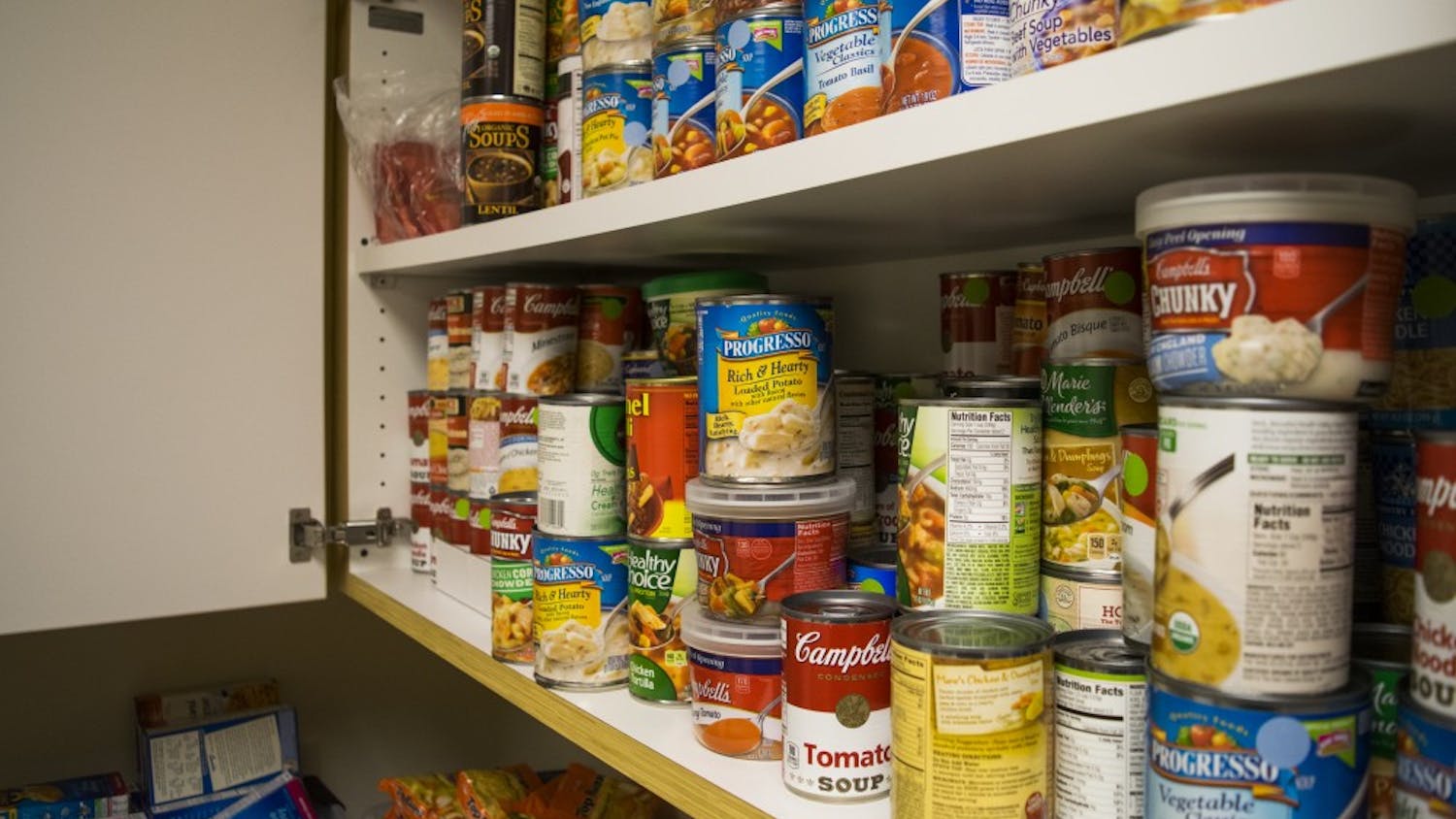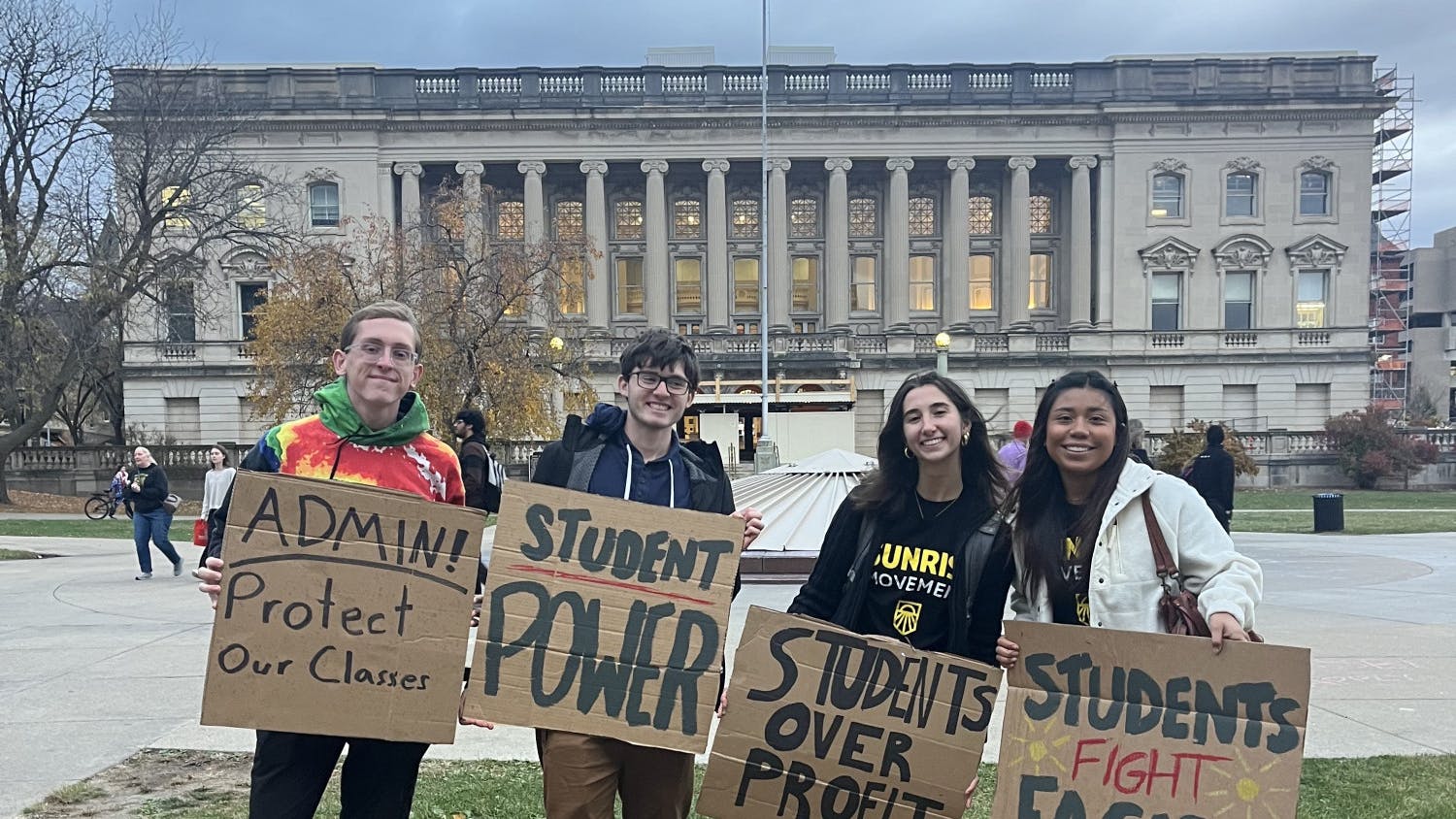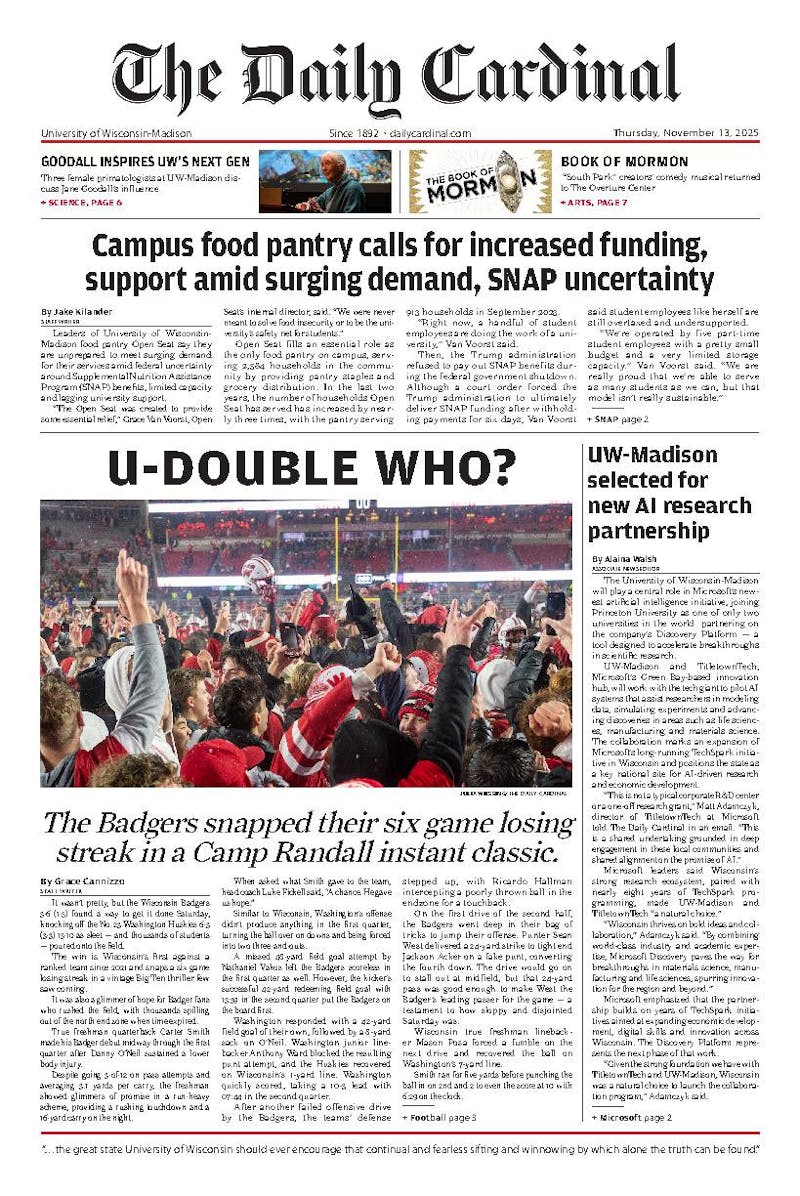Threats of stabbings and drive-by shootings are just a few things Jason Koepke heard after denying entry to unruly patrons when he worked at Madison Avenue, a popular bar and dance club in downtown Madison.
Koepke, a UW-Madison senior who currently works the door at the Nitty Gritty, also recalled a drunken altercation in February between two men and a male freshman that left the student bloodied on the sidewalk.
He had a huge cut across his face, his lip was all split open,"" Koepke said. ""They pummeled him good.""
For many bouncers like Koepke, dealing with alcohol-fueled aggression is just one of the realities of working at a bar in downtown Madison. In some instances, however, the violence can extend beyond a mere scuffle and turn deadly. This was the case in the Sept. 3 stabbing outside the Plaza Tavern, where a dispute over music playing on the bar's jukebox ended in tragedy with the death of 22-year-old Juan Bernal.
As the downtown area's reputation for partying continues to attract a large number of patrons, bar employees and city officials alike remain at work to combat the ever-present problem of alcohol-related violence.
In 2007, UW-Madison professor Aaron Brower and graduate student Lisa Carroll conducted a study on the time and location of alcohol-fueled crimes as part of the PACE Project, a campus initiative to curb high-risk drinking in the community.
Using geographic mapping and 2003 crime statistics from the UW and Madison police departments, the study found a peak in serious crimes such as batteries and assaults between 2 a.m. and 3 a.m., coinciding with bars' closing time. Additionally, the results showed the location of the crimes centered on the area with the heaviest density of bars.
MPD Central District Captain Mary Schauf said the area of most concern to police is the end of State Street extending to Frances Street and University Avenue. According to Schauf, the area acts as a regional hub for entertainment for young people from all over. The proximity to campus, combined with the number of bars and house parties prevalent in student neighborhoods, creates a unique spectrum of nightlife in the downtown area.
Around 2 a.m. when bars close their doors and house parties wind down, patrons and partygoers alike pour out onto the streets vying for a number of late-night amenities such as food, transportation and ""continued companionship,"" according to Schauf.
""All those competitive things with people when they've been consuming alcohol can drive conflict,"" Schauf said. ""The reality is on any given weekend night down there '¦ it's not unusual for people to get knocked unconscious, it's not unusual for people to have those felony batteries. We have them every single weekend down there.""
Schauf said police patrolling the downtown area approach the problem of alcohol-related violence by increasing their visibility and presence around bar time. To halt disturbances before they escalate into violence, police try to apprehend aggressive people and cite them for disorderly conduct whenever applicable.
""If we see aggressive behavior, we want to try to intercede at that level, because if we can intercede with somebody and try to stop that bad behavior from becoming the next battery victim or the next battery suspect '¦ then we feel like we're making a dent in this,"" Schauf said.
One common thread police see among violent people at bar time is a heightened level of intoxication. Katherine Plominski, Madison's Alcohol Policy Coordinator, said city ordinances prohibit serving alcohol to intoxicated people, and bars can face fines or, in rare cases, lose their liquor license if caught over-serving. In some parts of the country, harsher laws can hold bars financially accountable for violence stemming from an overly intoxicated person.
""Other states have dram shop laws that establish liability for establishments that sell alcohol to visibly intoxicated persons who subsequently cause death or injury to third parties,"" Plominski said. ""Wisconsin does not establish such liability unless the intoxicated person is also underage.""
Plominski said the city encourages a number of strategies to prevent over-service, such as restricting drink promotions and happy hours, not selling more than two alcoholic beverages to any customer at a time, and requiring responsible training for all bar employees.
At the establishments he's worked at, Koepke said employees working the door try to stop violence amongst patrons by simply not letting overly intoxicated people into the bar. Bouncers try to make sure intoxicated people have a safe way home and aren't left alone. When all else fails, Koepke said the best way to deal with aggressively drunk patrons is to revert back to basics and use your words.
""Usually we just try to talk them out of it, and it usually works,"" Koepke said. ""You've just got to be a little more patient.""






